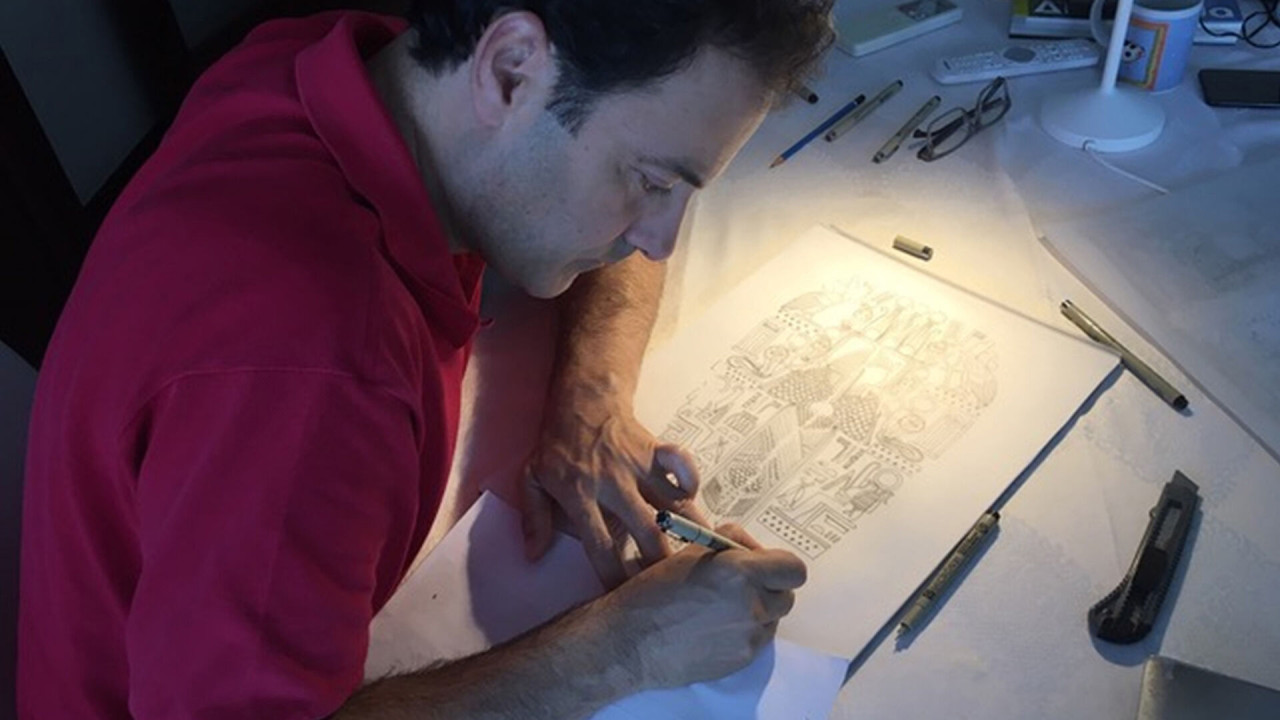
When in 2009 the author was entrusted with the mission of producing a catalogue of the coffin sets of the so-called "Eighth Lot of Antiquities" from Bab el-Gasus (Sousa 2017), he could hardly imagine that this would be a turning moment of his life...
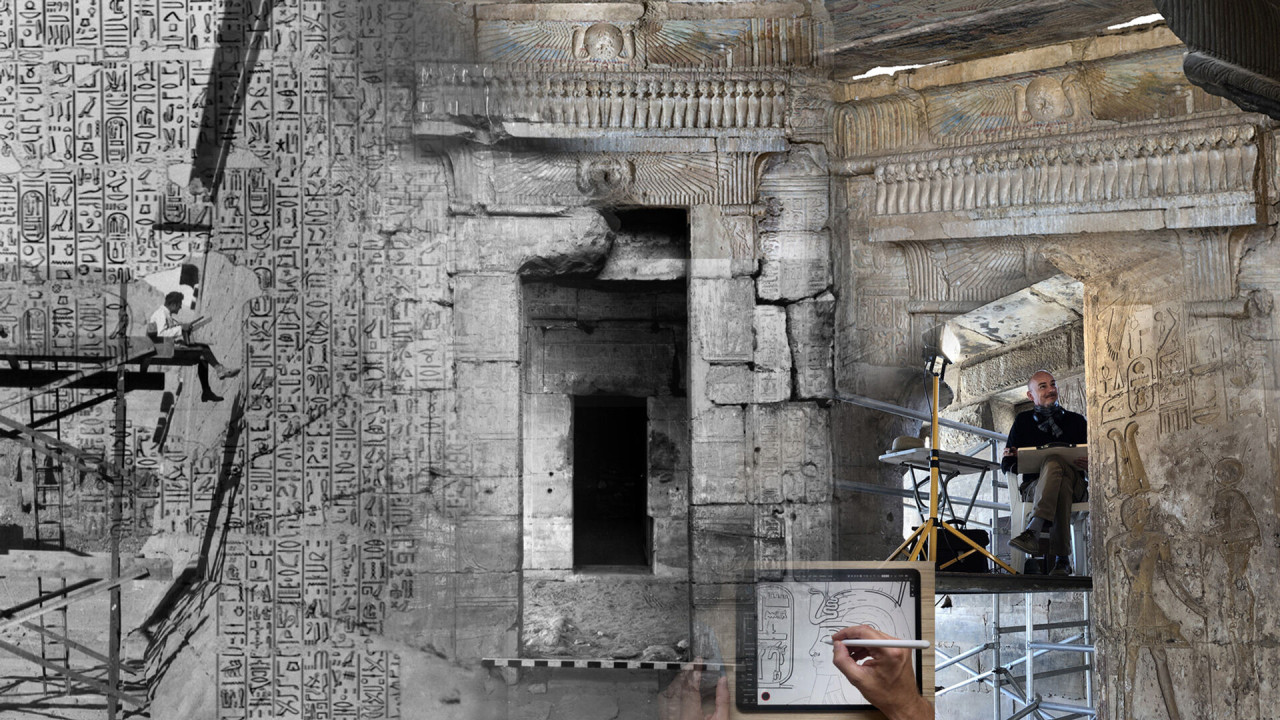
This article will look at preliminary work adapting for-print 2D data for online 3D presentation and reflect on questions of how, when, and where these technologies can be used, and how such technologies intersect with the needs, aims, and ethos of...
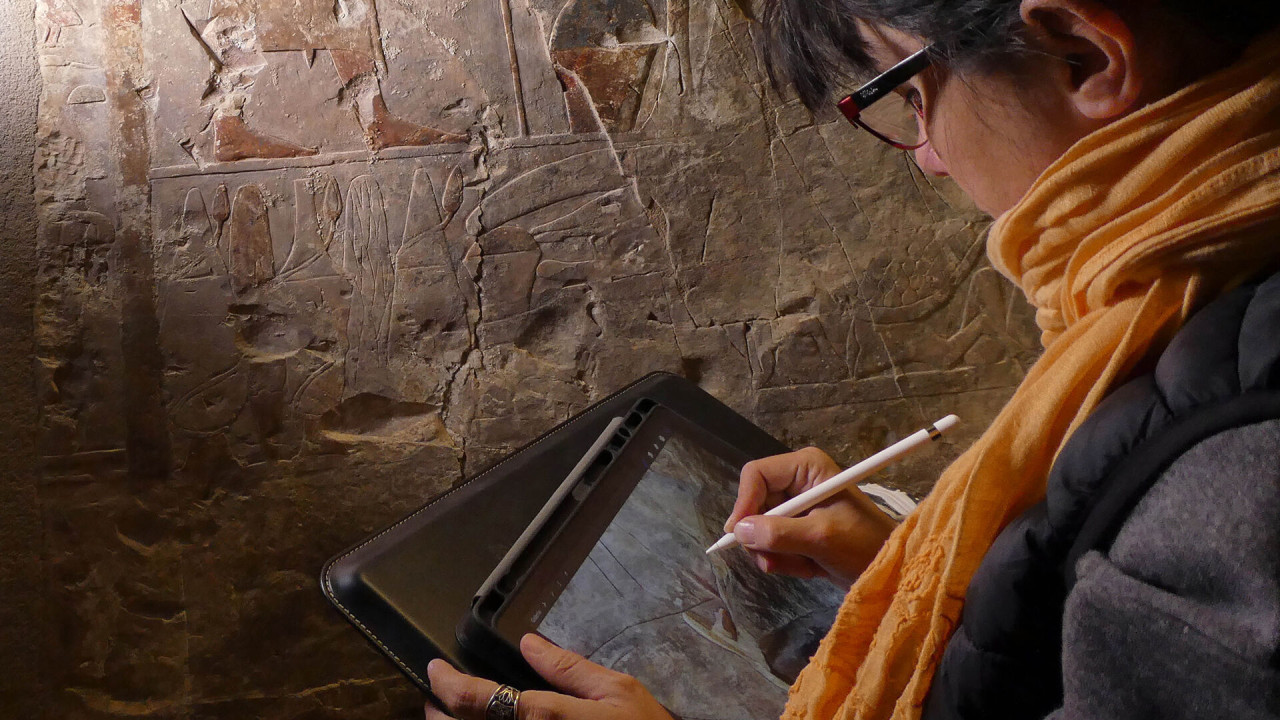
The digital epigraphic record in Djehuty’s chapel comprises five phases: photographic documentation, in situ preliminary drawing, initial inking, collation, and final inking. This procedure ensures that the record is faithful and, in addition,...
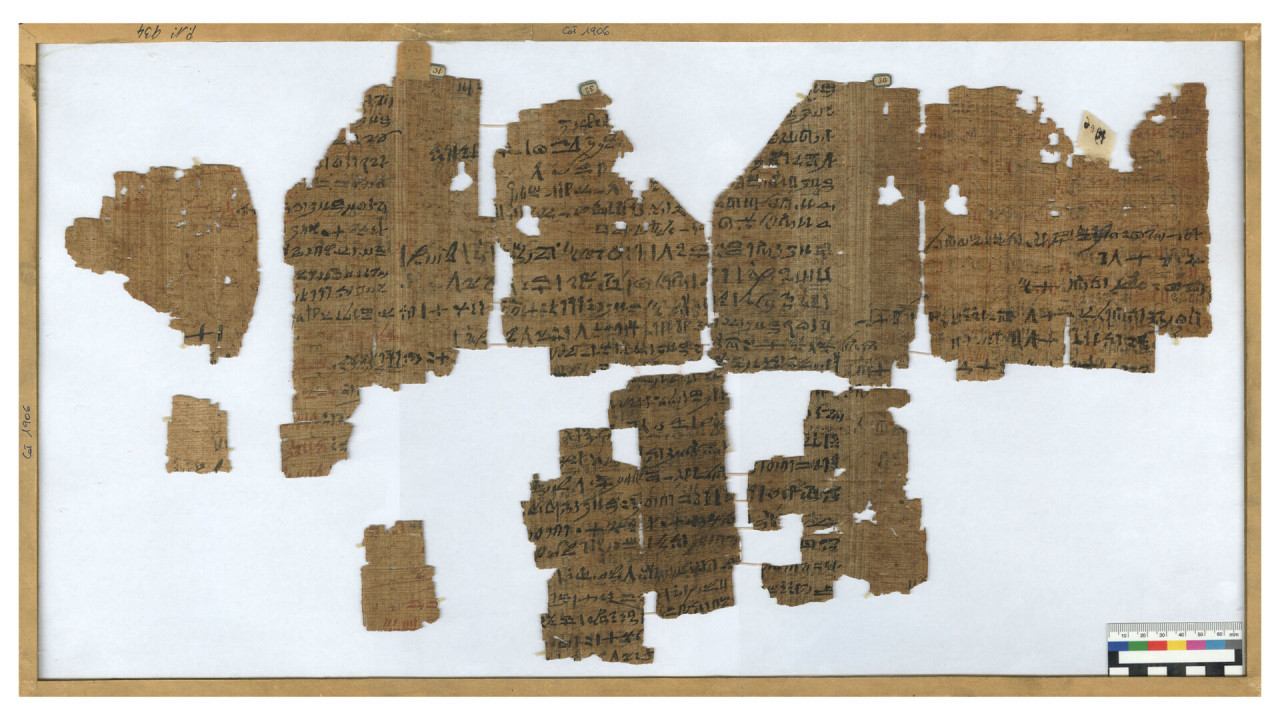
The Museo Egizio in Turin is home to many famous pieces of ancient Egyptian art. Less known is that the collection also contains roughly 9000 fragments and approximately 230 larger ensembles of New Kingdom hieratic papyri from Deir el-Medina, many...
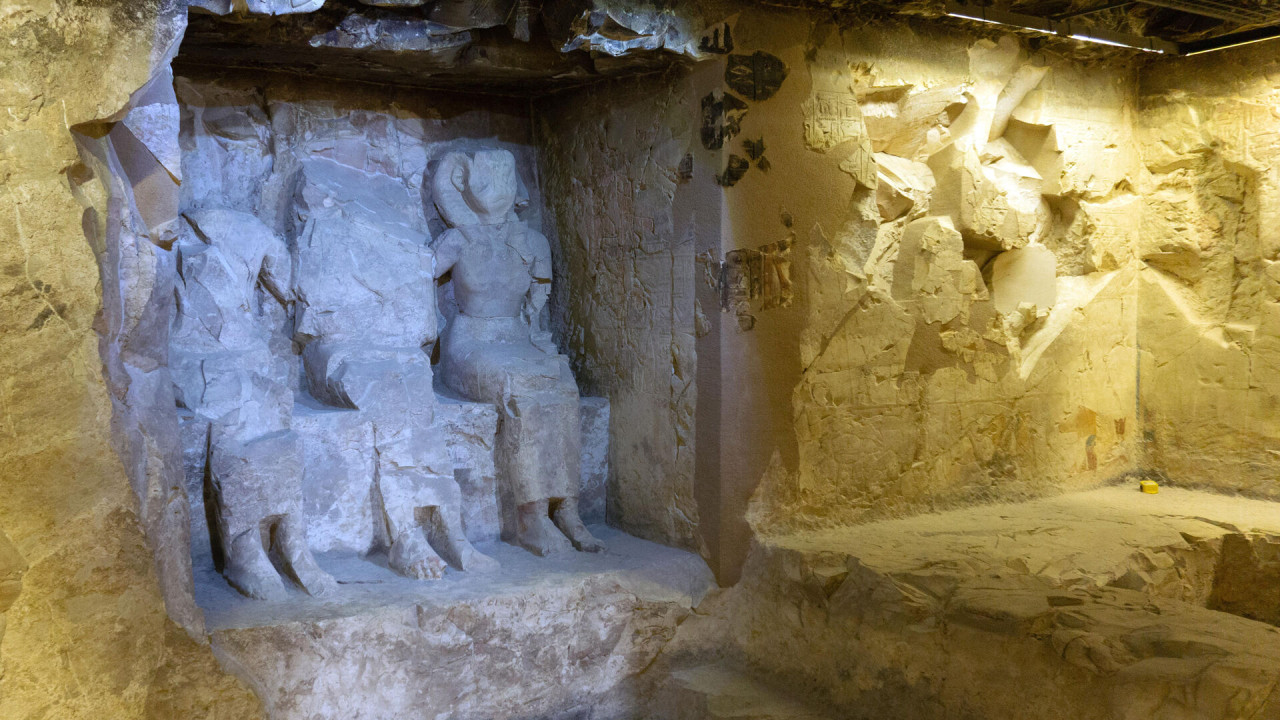
A Spanish archaeological mission coordinated by the Spanish National Research Council has been working at the hill of Dra Abu el-Naga North since January 2002. The mission, also known as the ‘Djehuty Project’, has recently turned its attention...
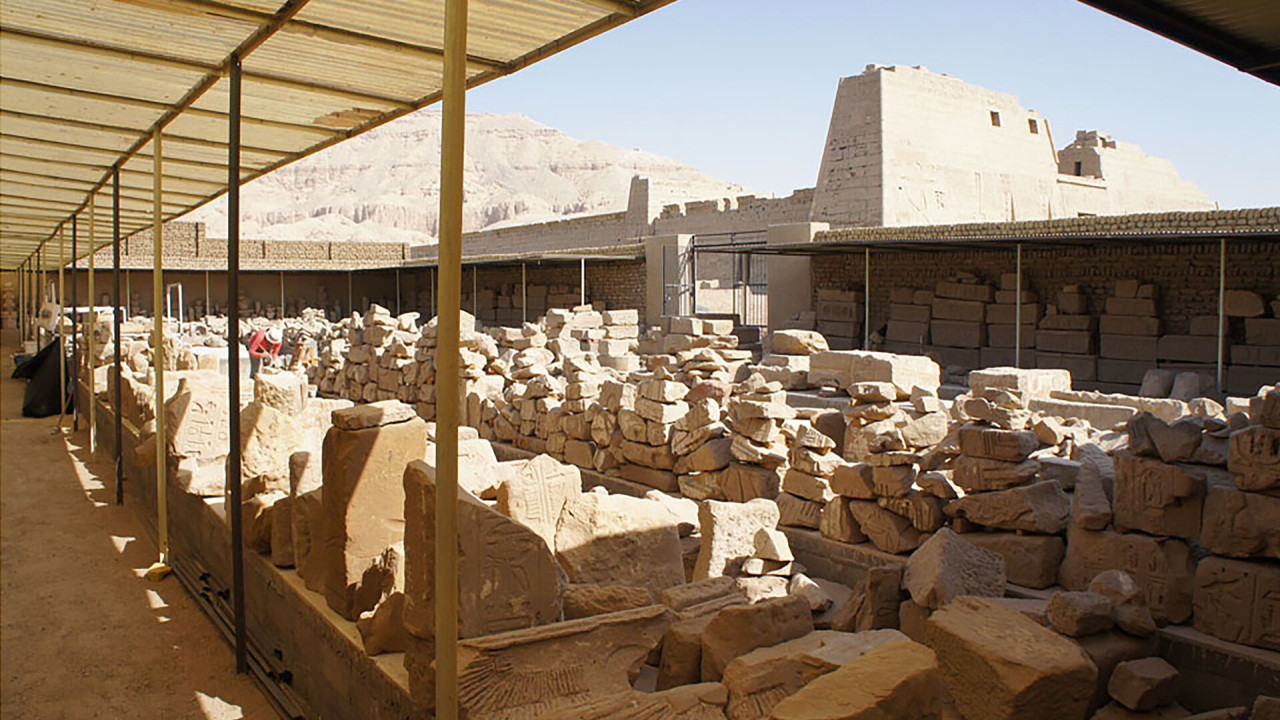
In the fall of 2007, when I began working at Chicago House, there were several hundred unregistered loose fragments scattered about the Medinet Habu temple precinct, some of them inscribed and lying face down on the ground, already showing advanced...
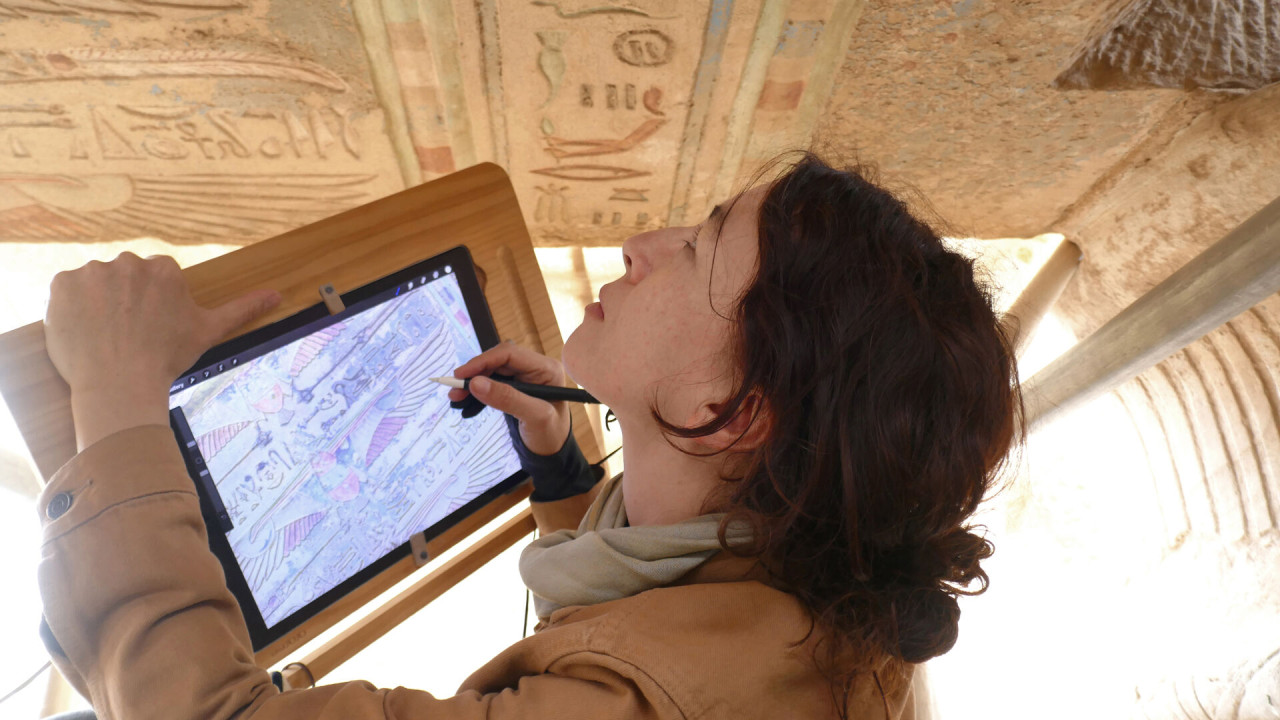
Epigraphic drawing to document the ceiling of the bark shrine on behalf of the Epigraphic Survey were begun in the Spring of 2019. The ceiling would be documented using the Chicago House method and all digital technology, including the photography...
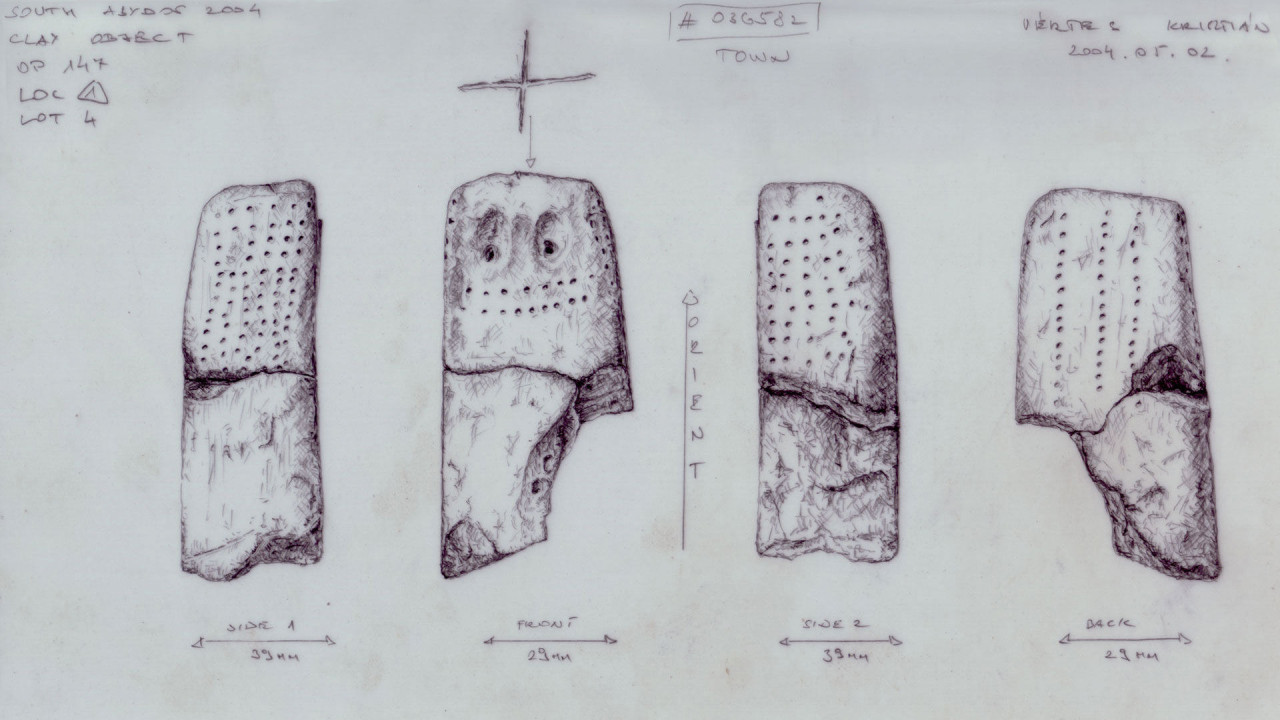
Any kind of visual interpretation, either being a color rendering of a wall painting or a modeled three-dimensional view of an object, must be tailored to the audience and to the purpose of the actual drawing, whatever the range of technological...
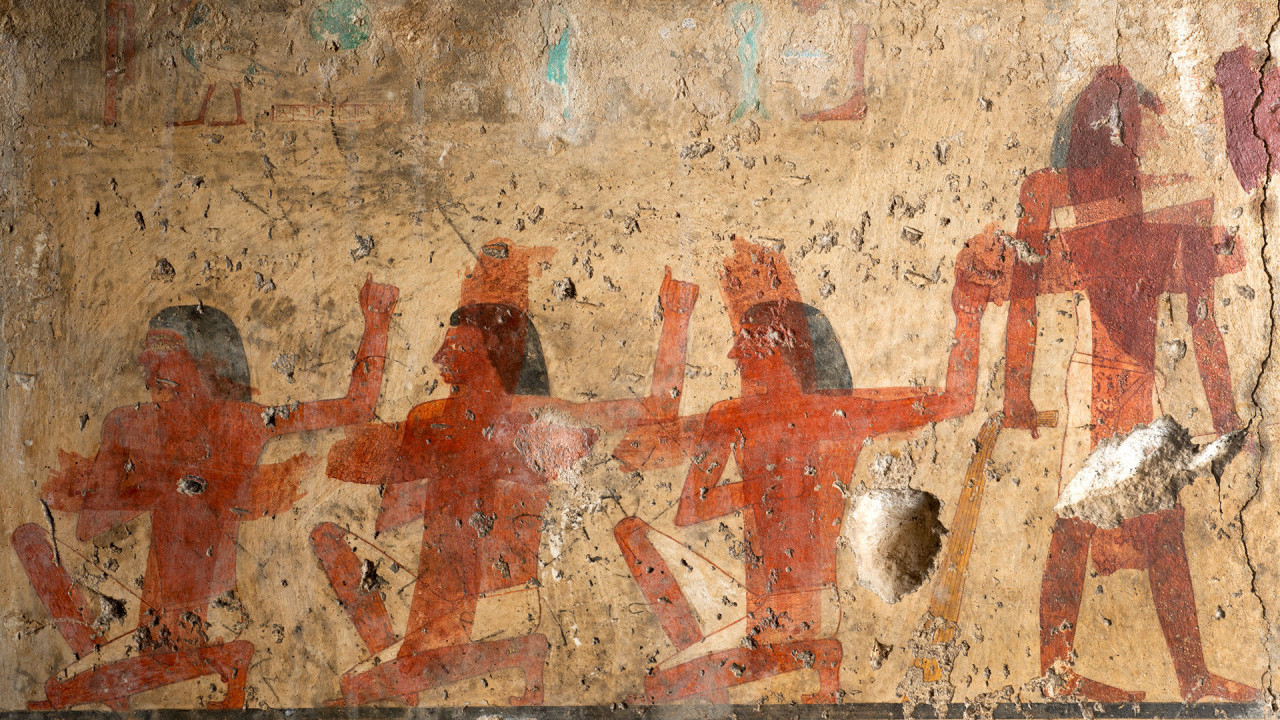
After our preliminary study was completed, we set out to fully document the preserved decoration in the tomb of Djehutihotep. With originally more than 250 m² of painted surface and a high degree of detail in the decoration, this poses quite a...
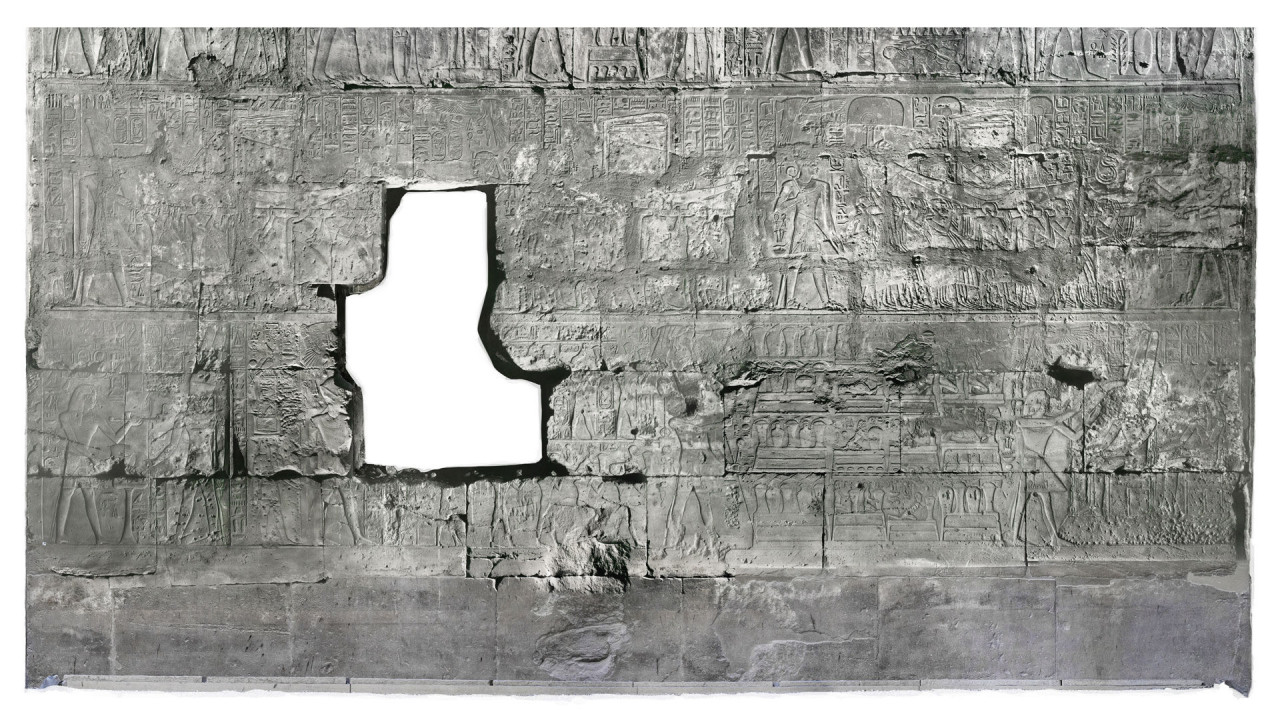
Since the inception of photography, Egypt and its monuments have found themselves the subject of countless photographers, not to mention millions upon millions of tourists. The photogrammetric processes used to generate 3D datasets...
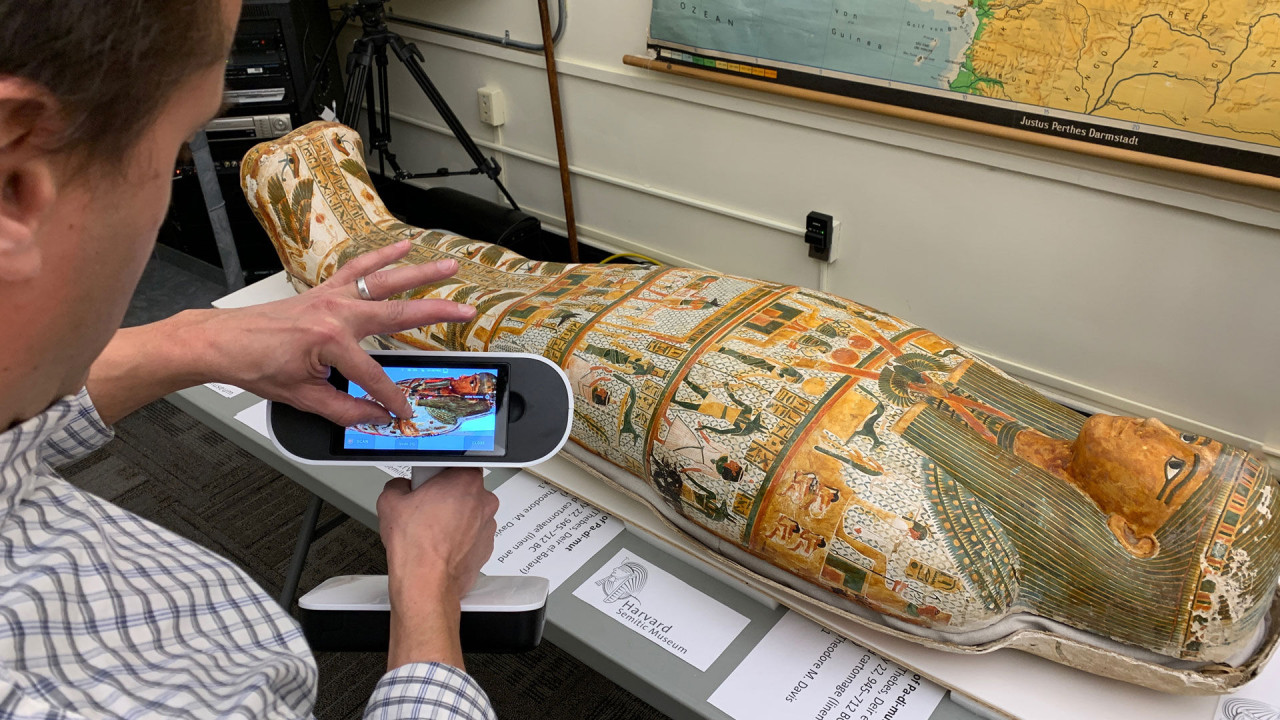
Some of our Egyptological work at Harvard centers around 3D modeling as a research and teaching tool, digital epigraphy, graphic design and book production. Our Giza Project at Harvard, now in its twentieth year...
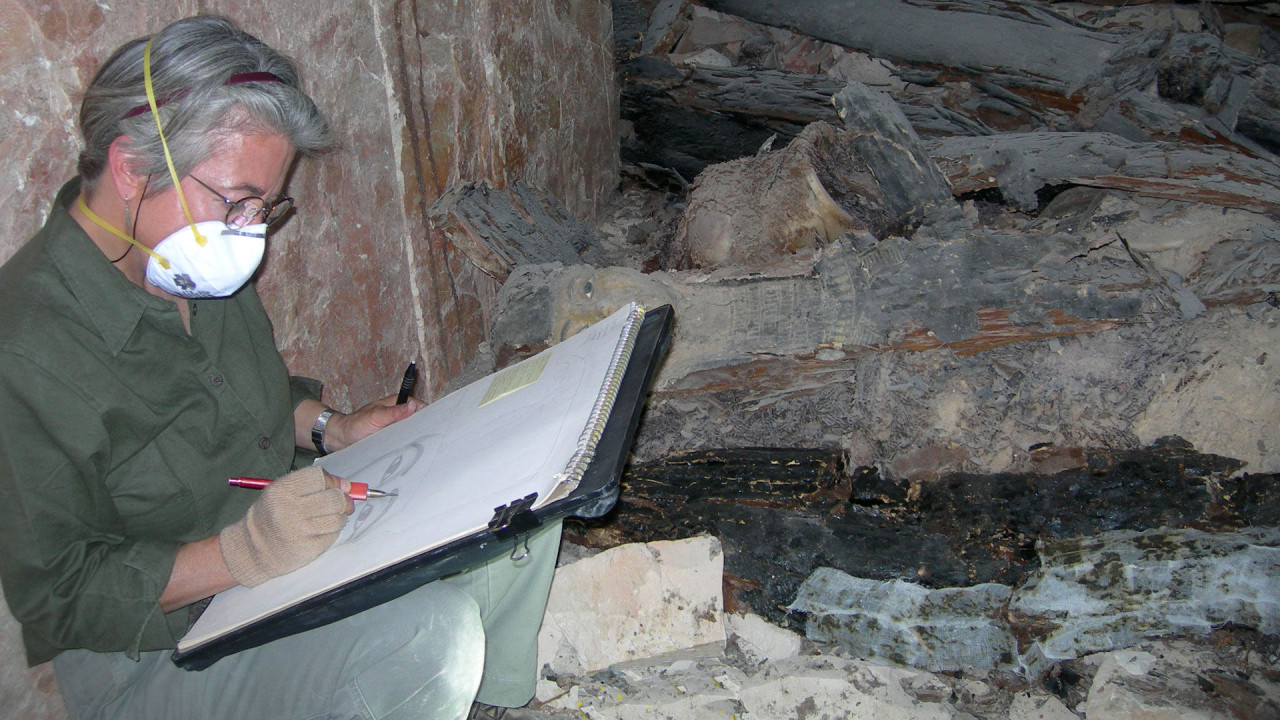
In 2006, Dr. Ray Johnson, the director of the Epigraphic Survey in Luxor, contributed to the Amenmesse Project/KV 10⎼KV 63 by lending me and my artistic skills to draw the coffins found by Dr. Otto Schaden † and his team in the Valley of the...
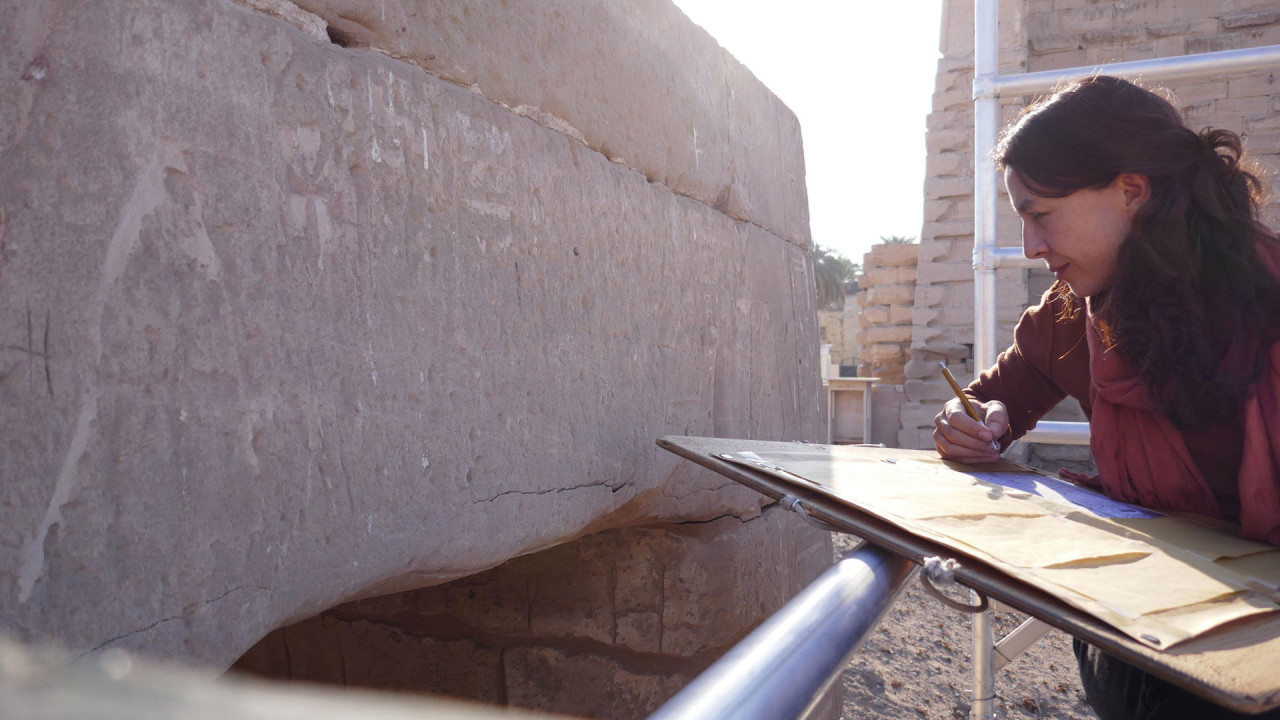
Within the Medinet Habu Temple complex in Thebes, just north of the Small Temple and near the Sacred Lake, is an unassuming monument standing alone among the remaining rubble of an ancient mudbrick wall.
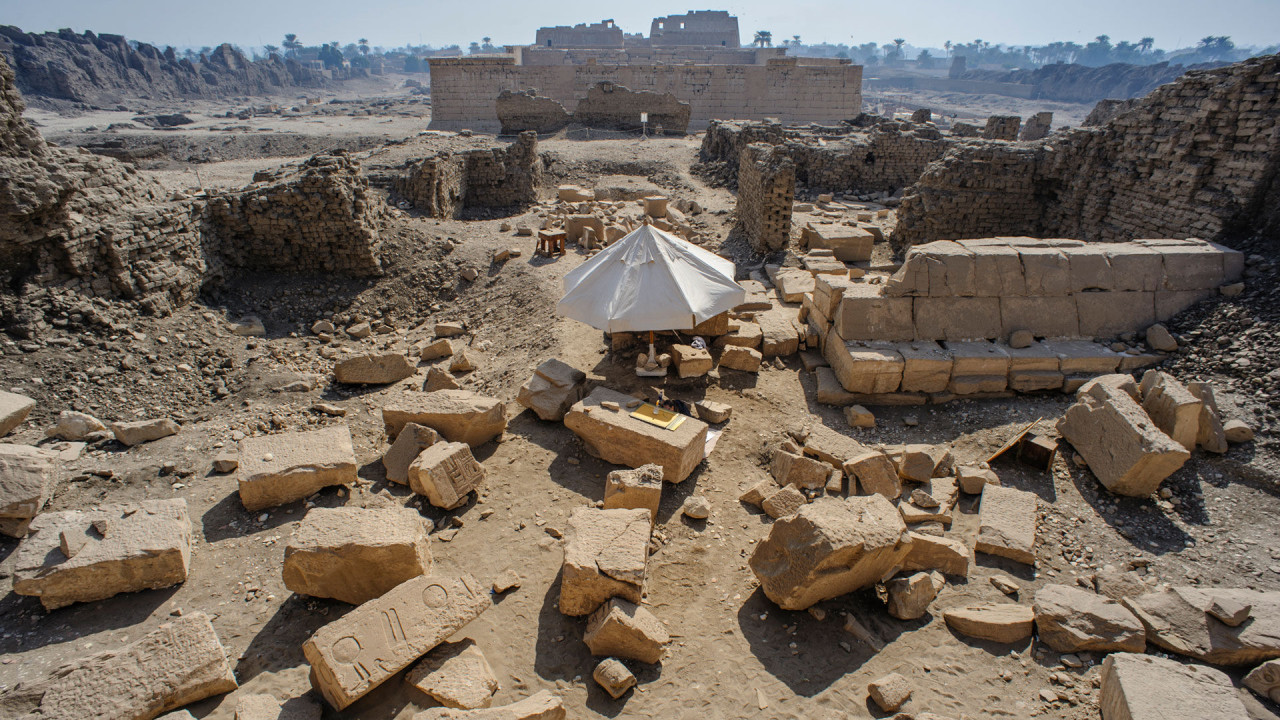
In the 2018-19 season at the Epigraphic Survey we began to seriously experiment with the idea of creating 3D photogrammetric models for the blocks of the Western High Gate at Medinet Habu Temple.
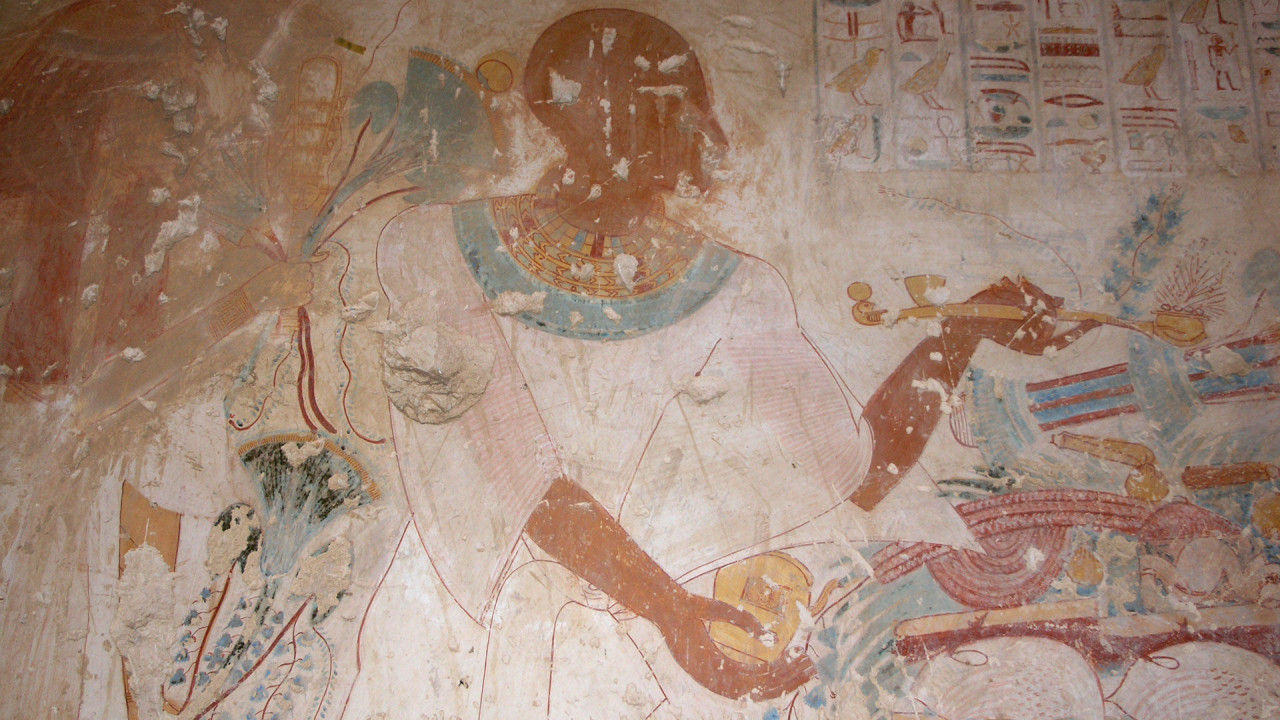
To appreciate some of the attributes digitalEPIGRAPHY represents at its core, we would like to introduce a one of a kind epigraphic project focusing on the facsimile representation of the wall paintings in TT 65.
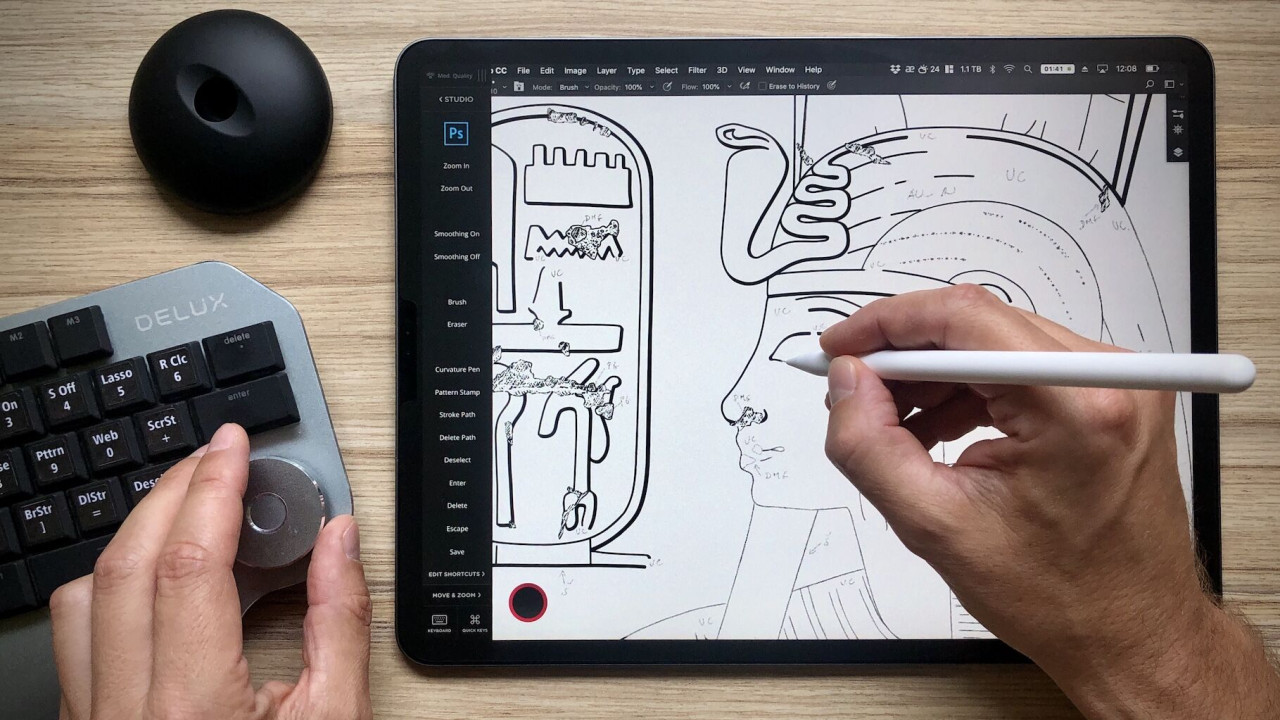
In the following article, we shall continue exploring new ways of enhancing our traditional documentation techniques in a meaningful way, this time mostly concentrating on the artist’s work in the studio.
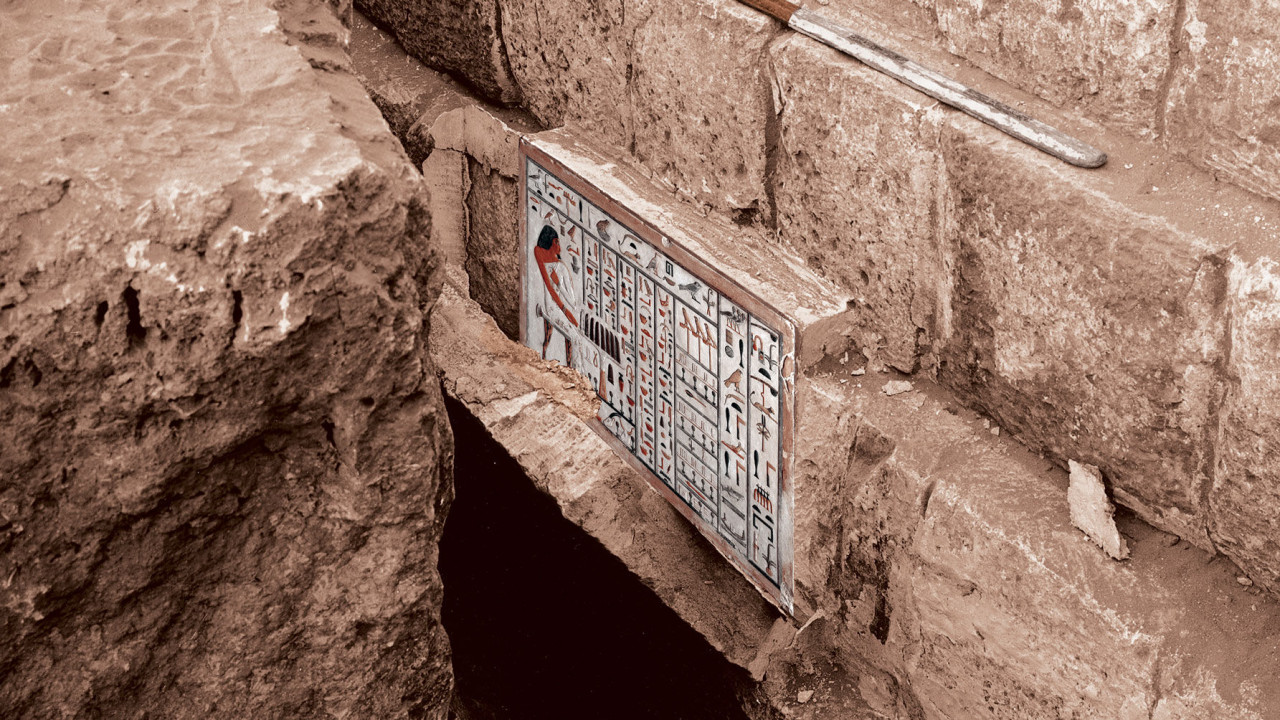
One of the challenges of epigraphic work consists of essentially converting three-dimensional artwork into a two-dimensional representation on paper (or on-screen). This note summarizes an experiment in solving one aspect of this conversion problem.
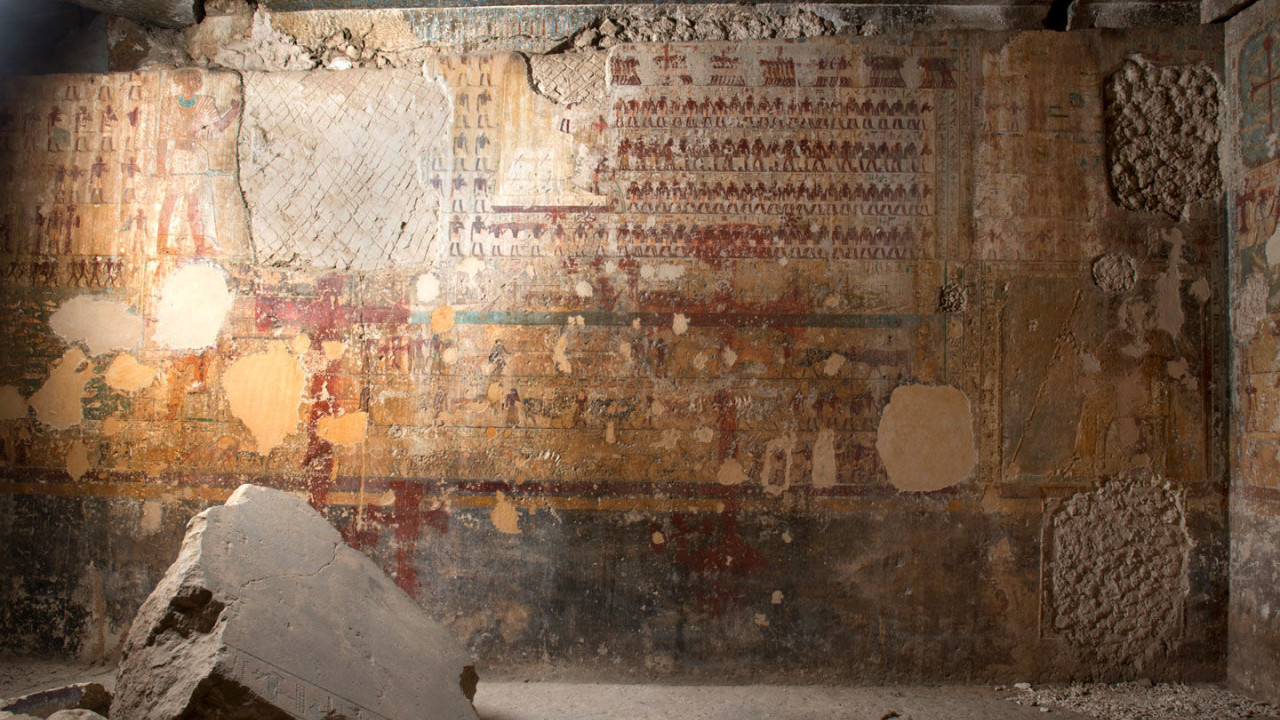
Starting in 2017 a team of KU Leuven (Belgium) has initiated a new epigraphic recording of the Middle Kingdom tomb of Djehutihotep at Dayr al-Barsha in Middle Egypt.
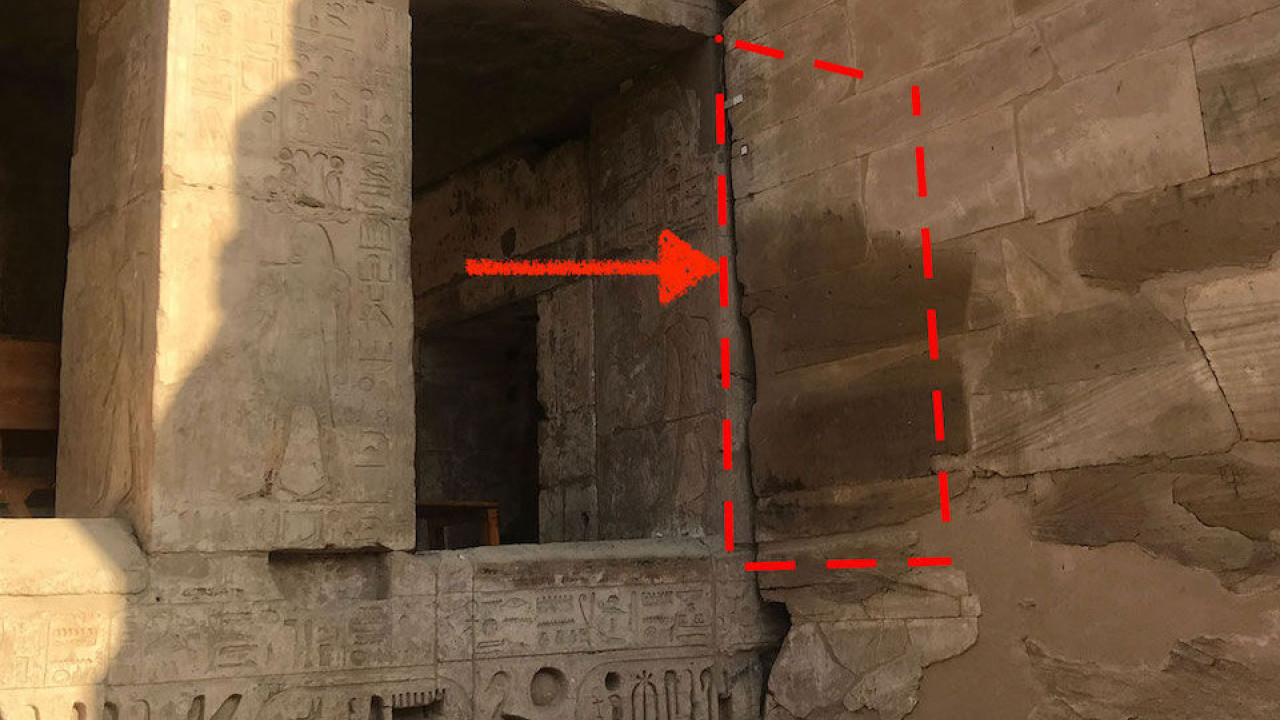
This is a study of the multiple drawing processes used by the Epigraphic Survey (Chicago House) to document a pillar scene of Thutmose III Given Life by Amun-Re on the façade of the Small Amun Temple at Medinet Habu in Luxor.
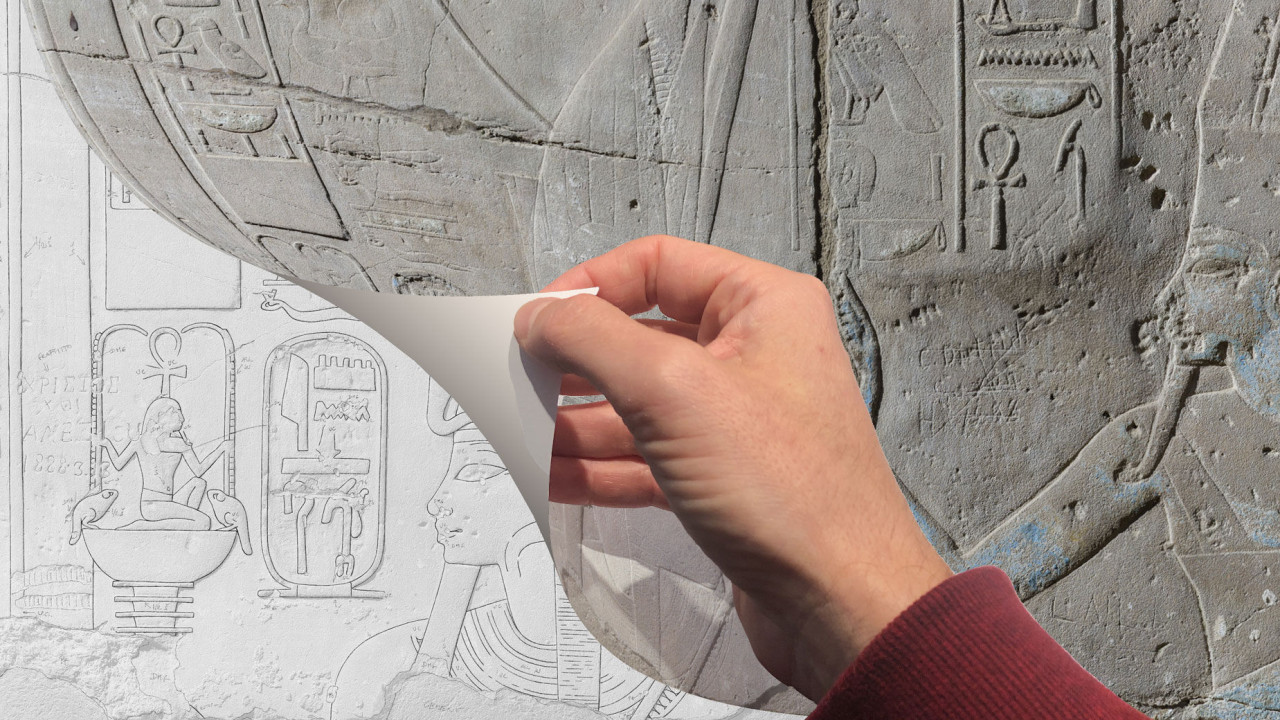
In order to reflect the evolution of computerized recording techniques since the Digital Epigraphy Manual’s release in 2014, the Epigraphic Survey initiated an update of its digital documentation guidelines.
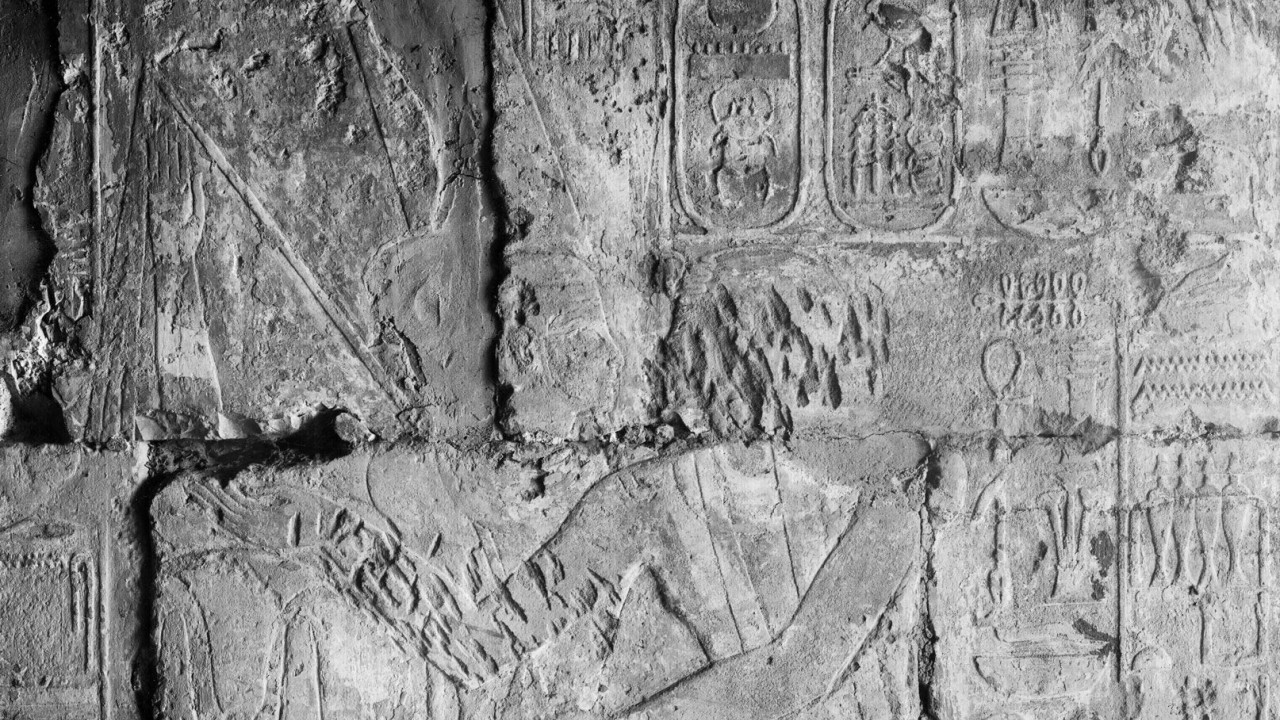
The documentation process for the western outer wall of the Medinet Habu Bark Shrine was fairly complicated, although at first sight the project seemed rather straightforward.
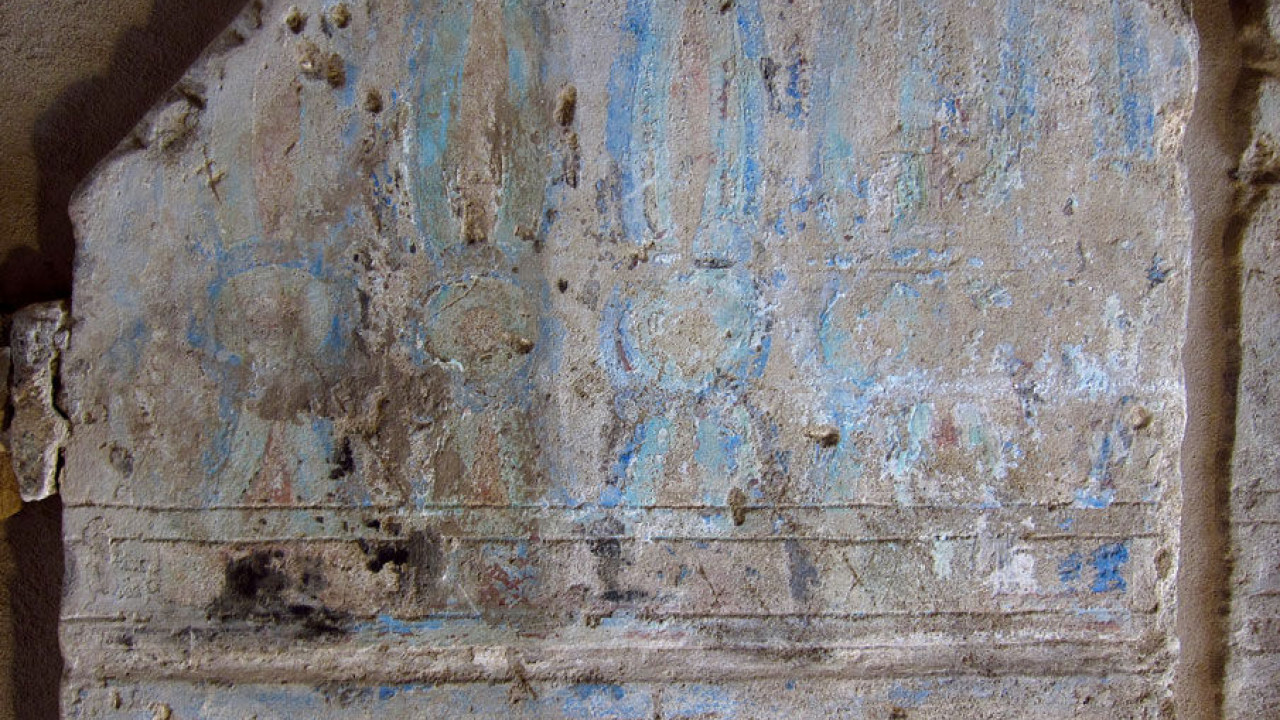
Digital penciling on site at the doorway was mostly done using the Wacom Companion as the initial tool for capturing the carved lines. First, the shortcuts for Photoshop had to be modified slightly compared to the settings being used in the studio,
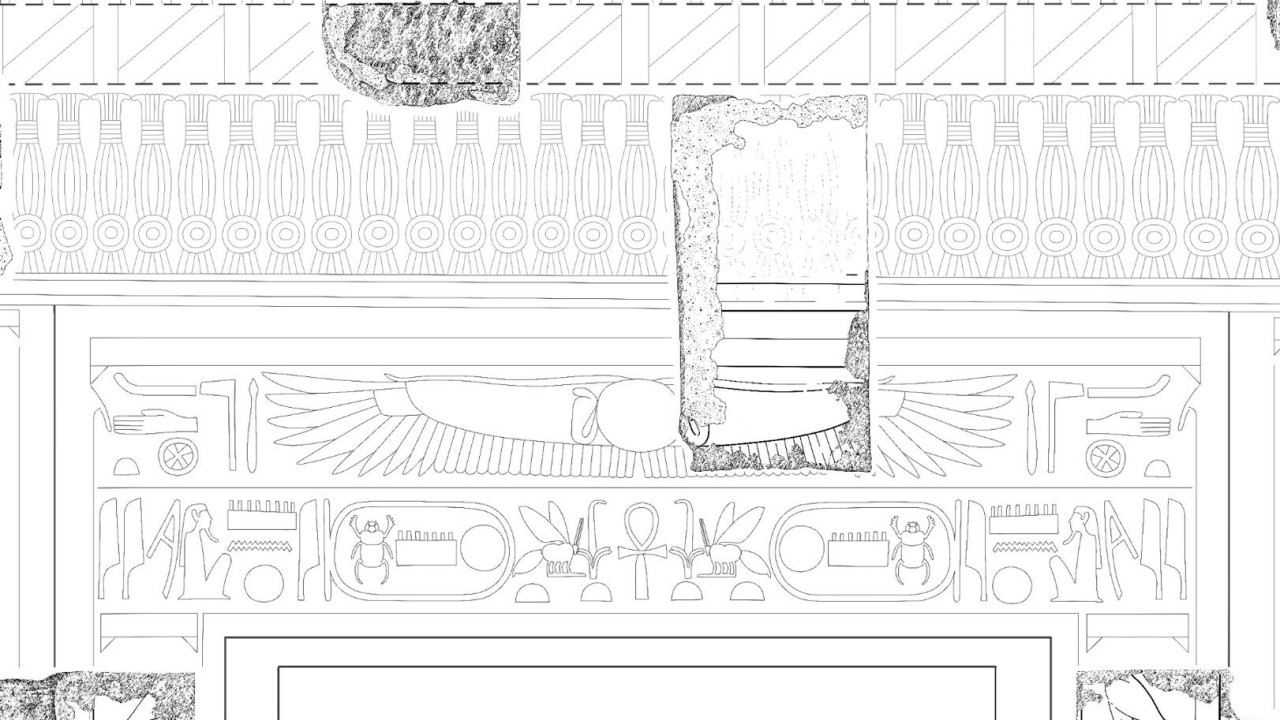
The digital inking process started with upscaling the composite pencil drawing from 400 dpi to 1200 dpi, which resulted in exponential growth in the file size. To keep the drawing manageable while preserving all the layers, the 8-bit RGB file was...